Why Is Data Modeling So Challenging – How To Data Model For Analytics
Seattle Data Guy
AUGUST 9, 2023
Learning about how to data models from basic star schemas on the internet is like learning data science using the IRIS data set. It works great as a toy example. But it doesn’t match real life at all. Data modeling in real life requires you fully understand the data sources and your business use cases.… Read more The post Why Is Data Modeling So Challenging – How To Data Model For Analytics appeared first on Seattle Data Guy.



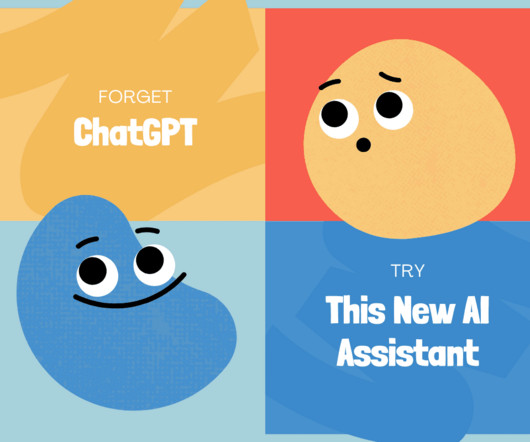
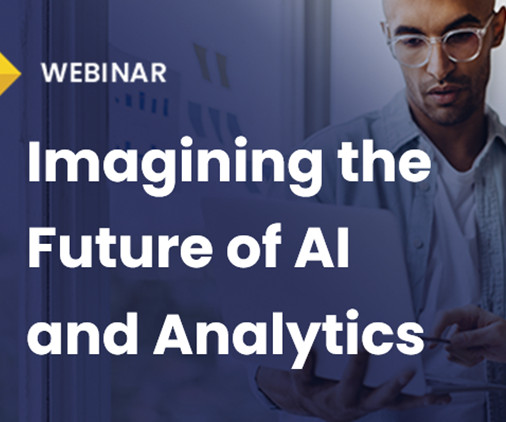

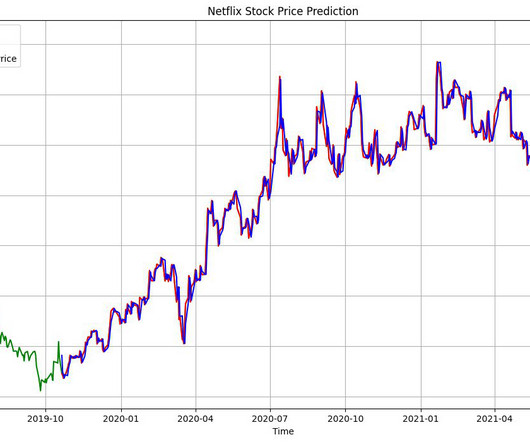


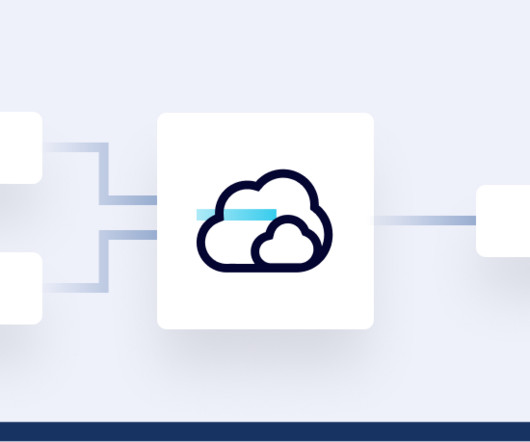
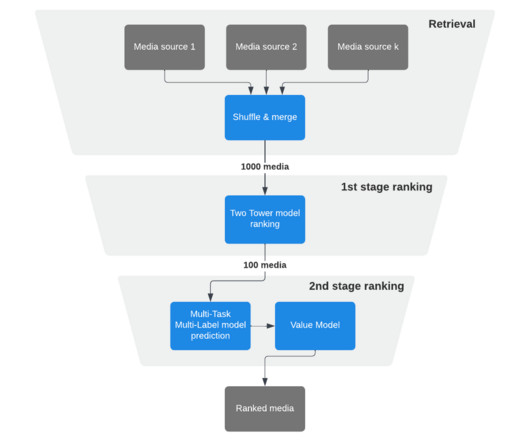
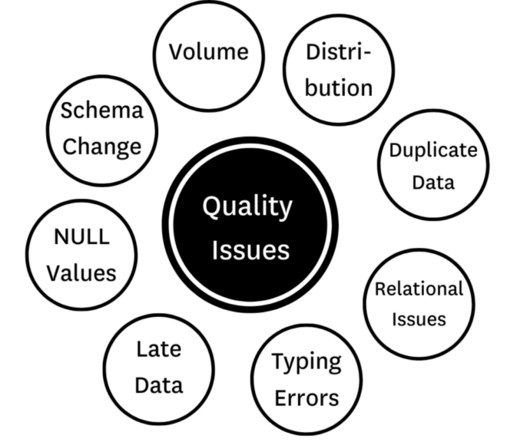

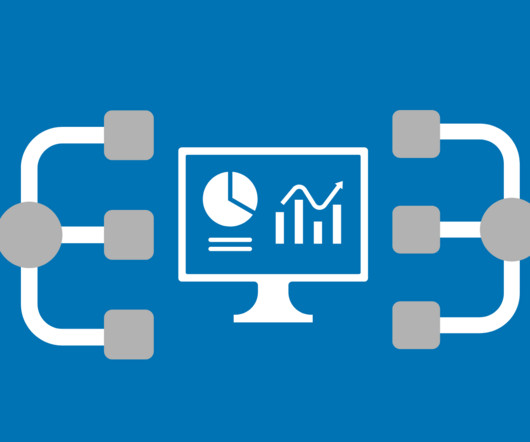
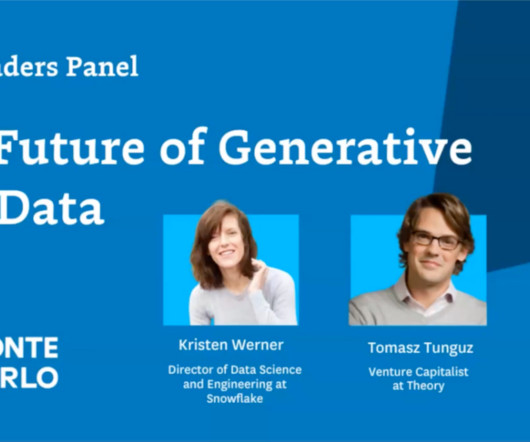






Let's personalize your content